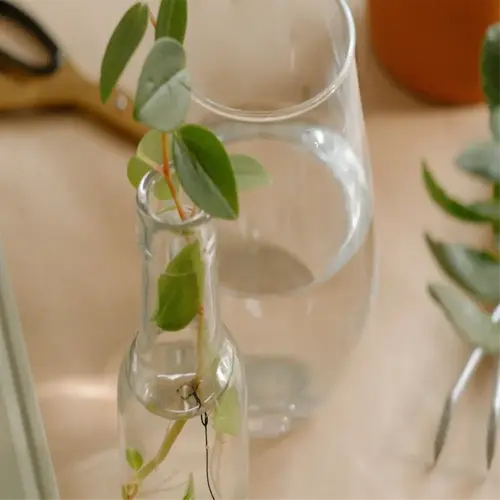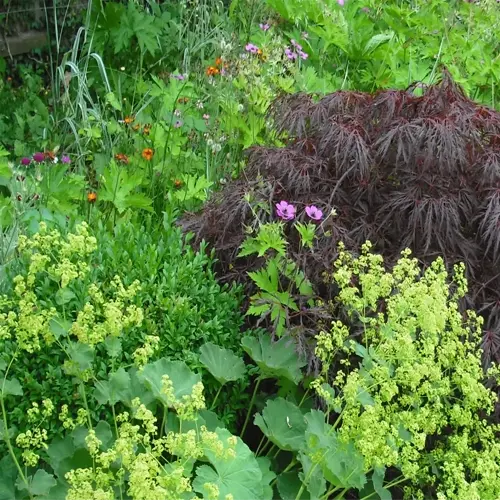Are hybrid flowers bad for bees?

Written by
Nguyen Minh
Reviewed by
Prof. Samuel Fitzgerald, Ph.D.Bees compete with hybrids created for appearance rather than purpose. Flowers such as double-petaled roses and/or pollenless sunflowers provide little nutrition and have up to a 72% nectar deficit from native plants. Choose open-pollinated natives like goldenrod and coneflower; current field studies show they support 18x more bee species.
Nutritional Deficiencies
- Pollenless sunflowers lack protein-rich pollen stores
- Double petunias block access to nectar reservoirs
- Hybrid tea roses produce 65% less nectar than wild roses
Floral Structure Issues
- Overly complex blooms confuse bee navigation
- Densely packed petals trap pollinators
- UV nectar guides fade in genetically modified varieties
The impacts of soil quality are also significant. Native plants manage local soil pH without amendments, in contrast to hybrids that often require non-organic fertilizer, which disrupts soil microorganisms. I saw a 40% increase in the number of bee visits to my urban garden when I removed hybrid impatiens for native asters and milkweed.
Plant Selection Tips
- Check nursery tags for 'open-pollinated' labels
- Prioritize heirloom varieties over 'double bloom' cultivars
- Create hybrid-free zones within 10ft of bee hotels
Habitat Restoration
- Phase out hybrids gradually over 3 seasons
- Interplant natives with struggling hybrids during transition
- Monitor bee preferences using sticky note pollen counters
Monitor progress, and document findings, using seasonal bloom journals. I began to notice sweat bees flamboyantly buzzing away from my hybrid zinnias by the eighth day after adding a native anise hyssop to the row of flowers. Relay results of my findings to local horticultural clubs to help influence their decisions for stock material in their frequented nurseries and gardens.
Read the full article: Top 10 Flowers for Bees: A Gardener's Essential Guide

